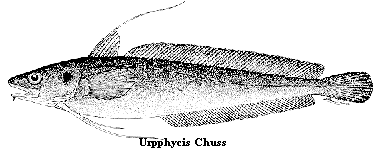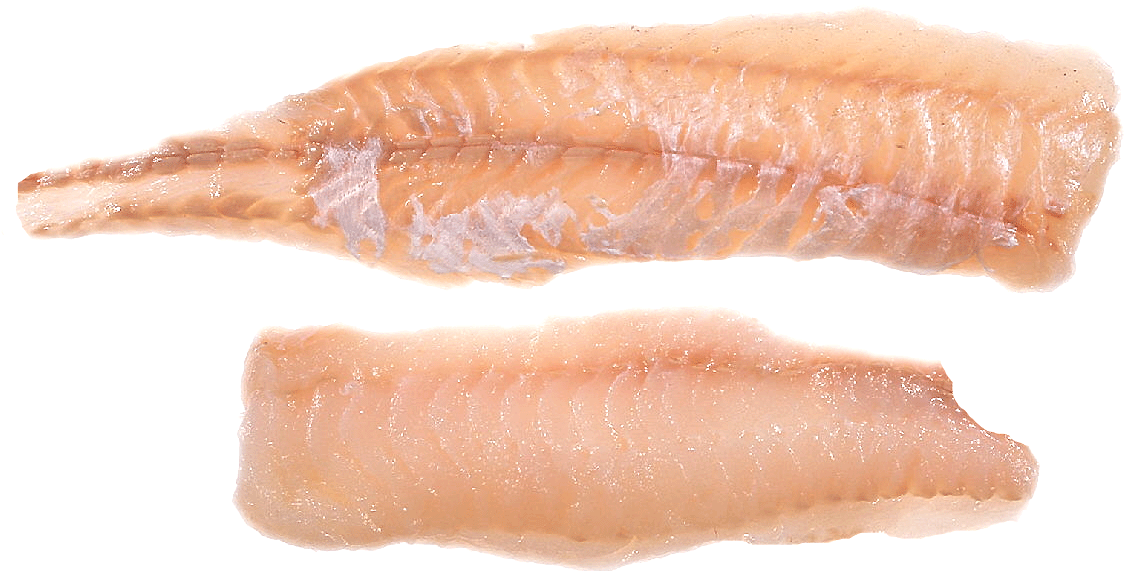|
|
|
|||||||||||||||||||||||
|
|
Hake Urophycis chuss and urphycis tenuis Ling, Boston Hake, Blake Hake, White Hake, Mud Hake A slender fish, averaging 1 to 8 lbs., yet has been known to grow up to 60 lbs. There are at least a dozen species of hake, most of which are named for the color of the skin (red, white,silver, etc.). Hake is often substituted for Haddock. Their are
two varieties that are so close in characteristics that the fisherman have
a hard time telling them apart and there for of the four species that make
up these varieties they are not separated at the market. The four
species are squirrel, white, long finned, and spotted. When sold
with the head on the fish is haddock when the head is removed the
Of the same family as cod and similar in many respects, hake is more coarsely grained with a slightly stronger flavor. Snow Hake has white flesh that is low in fat and can range in texture from soft to firm. The flesh is lean, with a large flake and softens quickly and when compared with cod fish the meat is dark and fibrous with a pinkish tinge. Available: Whole, fresh fillets or steaks, frozen fillets or steaks, smoked, salted Plentiful along the South African, South American, and Mediterranean coastlines, hake provides many countries with a good inexpensive source of protein. Preparation: Can be
prepared like cod, which is versatile and promises excellent results after
baking, poaching, sautéing, grilling, and roasting.
Yield
|
|||||||||||||||||||||||
|
|
||||||||||||||||||||||||



 fish
is sold as ling.
fish
is sold as ling.